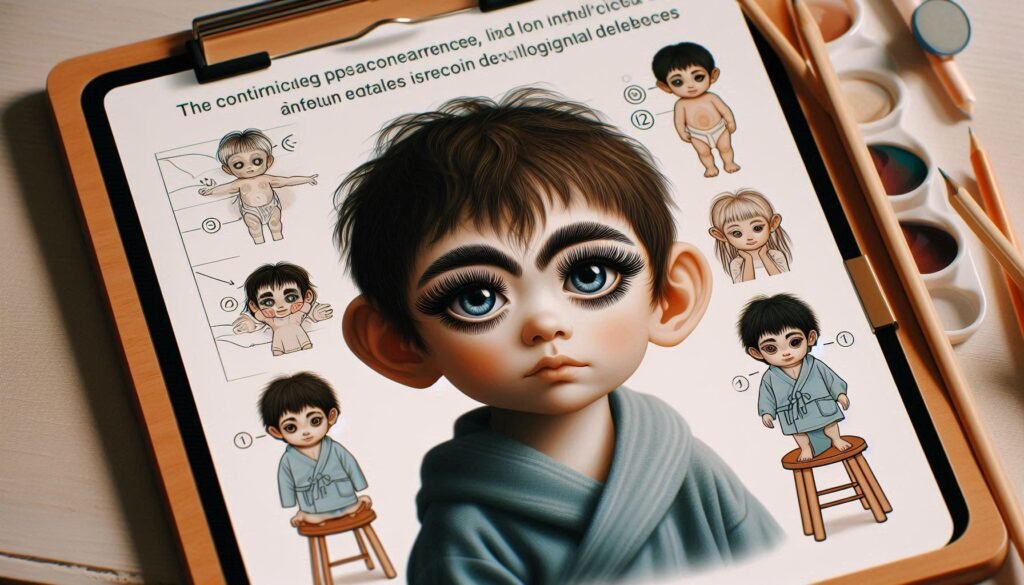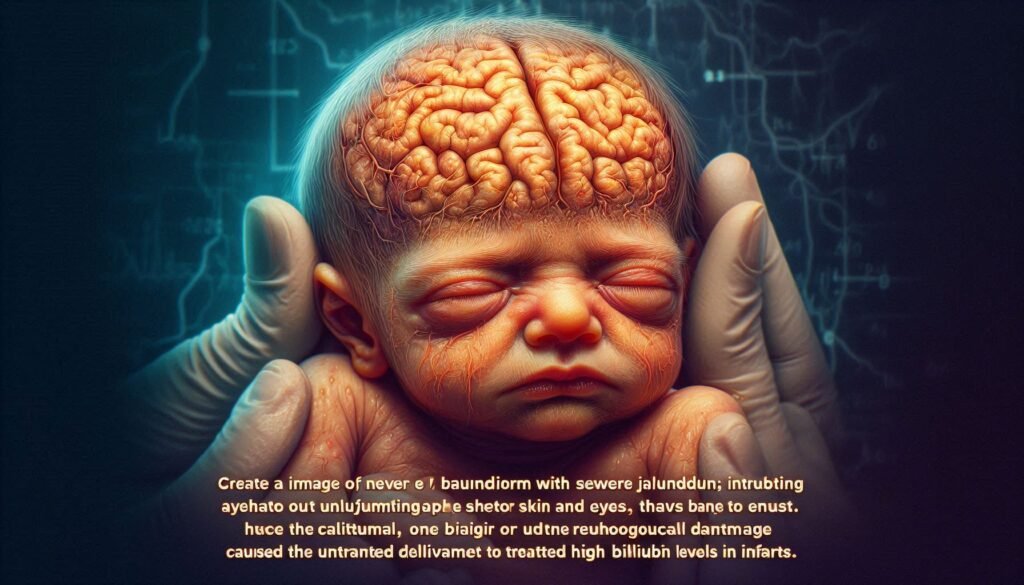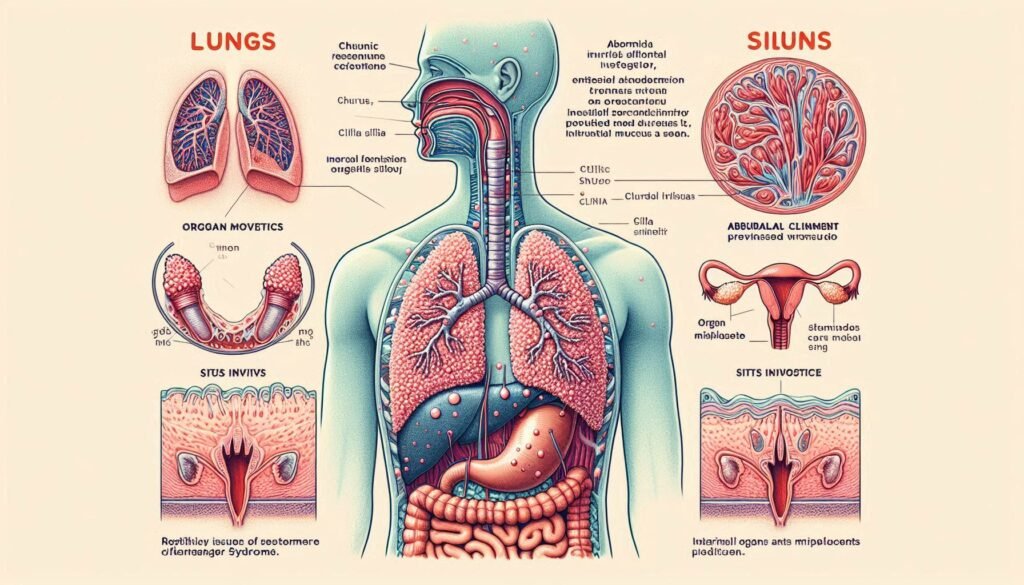Kabuki Syndrome is a rare genetic disorder that affects numerous aspects of an individual’s development. First identified in Japan, this condition derives its name from the distinctive facial features reminiscent of traditional Kabuki theater masks. Though it presents unique challenges, understanding Kabuki Syndrome can empower families and caregivers to provide better support.
This blog post will delve into the genetic underpinnings of Kabuki Syndrome, exploring how mutations like KMT2D and KDM6A play critical roles in its manifestation. We’ll also cover the various health implications associated with this syndrome, including intellectual disability, congenital heart defects, and more. Whether you’re a medical professional or simply seeking knowledge about this complex condition, we aim to provide insightful information every step of the way.

Kabuki Syndrome: Origins, Definition, and Characteristics
Kabuki Syndrome was first identified in Japan in the 1970s. It is classified as a genetic disorder that affects multiple systems within the body, leading to a range of developmental challenges. The condition is estimated to occur in 1 in 32,000 live births.
Individuals with Kabuki Syndrome often exhibit distinctive physical characteristics. These include elongated eyes with epicanthic folds and prominent ears, which contribute to the recognizable “Kabuki mask” appearance. Other common traits may involve flexible joints and short stature.
“What Are The Signs of Fetal Alcohol Syndrome? Prevention Guide”
In addition to facial features, individuals may experience various health complications such as growth delays or intellectual disabilities. Each person’s experience with Kabuki Syndrome can differ significantly, making individualized care essential for optimal support and development.
Genetic Basis: KMT2D and KDM6A Mutations in Kabuki Syndrome
Kabuki Syndrome is primarily linked to mutations in two key genes: KMT2D and KDM6A. The majority of cases are associated with KMT2D, which plays a crucial role in regulating gene expression during early development.
Mutations in this gene can disrupt normal cellular functions, leading to the diverse features seen in Kabuki Syndrome. In contrast, KDM6A mutations are less common and tend to be found more frequently in males.
“How Does Fragile X Syndrome Affect Learning & Development?”
Both genetic alterations contribute significantly to the syndrome’s clinical manifestations. Understanding these mutations helps researchers explore potential therapeutic approaches aimed at mitigating symptoms and improving patient outcomes.
Distinctive Facial Features: The “Kabuki Mask” Appearance
Many individuals with Kabuki Syndrome exhibit distinctive facial features often referred to as the “Kabuki mask” appearance. This term originates from traditional Japanese theater, where actors wear intricate masks that convey emotion and character.
Common characteristics include arched eyebrows, long eyelashes, and a flattened nasal bridge. These unique traits contribute to the recognizable look of those affected by this condition.
“What Causes Galloway-Mowat Syndrome in Children?”
Additionally, individuals may have wide-set eyes and a prominent forehead. The combination of these features creates an unmistakable aesthetic that can be both striking and beautiful in its own right. Each person’s expression is unique, reflecting their individuality despite the shared characteristics associated with Kabuki Syndrome.
Growth and Developmental Milestones in Kabuki Syndrome
Children with Kabuki Syndrome often experience delays in reaching growth and developmental milestones. These can include late walking, delayed speech, and difficulties with fine motor skills. Parents may notice that their child takes longer to achieve basic tasks compared to peers.
“Why Does Gardner Syndrome Cause Multiple Tumors?”
Growth patterns can also be atypical. Many children exhibit short stature or other growth-related concerns due to the syndrome’s genetic factors. Regular monitoring by healthcare providers is essential for early identification of these issues.
Developmental assessments are crucial to provide appropriate support and interventions. Early therapeutic services tailored to each child’s unique needs significantly improve outcomes in communication, social skills, and physical abilities over time. Engaging with specialists helps families navigate these challenges effectively.
Intellectual Disability: Spectrum and Educational Implications
Intellectual disability is a common aspect of Kabuki Syndrome, with affected individuals displaying a wide spectrum of cognitive abilities. Each person’s level of intellectual functioning can vary significantly, from mild to moderate or severe impairment. This variability influences their learning capacity and overall development.
“How Does Genitopatellar Syndrome Affect Development?”
Educational implications are crucial for children with Kabuki Syndrome. Tailored educational plans must be created to address each individual’s unique strengths and challenges. Specialized teaching strategies often enhance engagement and retention.
Support in school settings can make a significant difference. Collaboration between educators, parents, and therapists fosters an inclusive environment where students thrive academically while developing essential life skills alongside their peers.
Congenital Heart Defects Associated with Kabuki Syndrome
Congenital heart defects are a common concern for individuals with Kabuki Syndrome. These defects can range from mild to severe and often require careful monitoring and intervention.
The most frequently observed cardiac anomalies include ventricular septal defects, atrial septal defects, and coarctation of the aorta. Each defect presents unique challenges in terms of diagnosis and management.
“What Triggers Guillain-Barré Syndrome? Recovery Guide”
Early detection is crucial for effective treatment strategies. Regular cardiovascular evaluations ensure that any changes or complications are addressed promptly. A multidisciplinary approach involving cardiologists, geneticists, and pediatricians enhances overall care for those affected by this syndrome.
Skeletal Abnormalities and Orthopedic Concerns
Skeletal abnormalities are common in individuals with Kabuki Syndrome. These can manifest as scoliosis, kyphosis, or other spinal deformities. Joint hypermobility is also frequently observed, potentially leading to joint pain and instability.
Children may experience delayed bone age and shorter stature compared to their peers. This growth pattern can result from both genetic factors and endocrine issues associated with the syndrome.
Orthopedic concerns often require specialized evaluation. Regular monitoring by healthcare professionals ensures that any developing complications are addressed early. Physical therapy may be beneficial for improving strength and flexibility while minimizing discomfort associated with these skeletal challenges.
Immune System Dysfunction in Kabuki Syndrome
Individuals with Kabuki Syndrome often experience immune system dysfunction. This can lead to increased susceptibility to infections and other health complications. The underlying genetic mutations, primarily involving KMT2D and KDM6A, may disrupt normal immune function.
Patients frequently exhibit autoimmune disorders as well. These conditions arise when the body mistakenly attacks its own tissues, further complicating their health status. Symptoms can vary widely among individuals, making diagnosis challenging.
Management of immune-related issues is crucial for improving quality of life. Regular monitoring by healthcare professionals ensures timely interventions are available when infections or autoimmune symptoms occur. Early recognition and appropriate treatment strategies help mitigate risks associated with these dysfunctions.
Endocrine Disorders: Growth Hormone Deficiency and Beyond
Endocrine disorders are common in individuals with Kabuki Syndrome. One significant concern is growth hormone deficiency, which can lead to slower growth rates and height discrepancies compared to peers. This condition may require hormone replacement therapy for optimal development.
In addition to growth issues, other endocrine problems can arise. These may include thyroid dysfunction or adrenal insufficiency, affecting overall health and energy levels. Continuous monitoring by healthcare providers is essential for early identification of these complications.
Management often involves a multidisciplinary team approach. Pediatricians, endocrinologists, and nutritionists work together to tailor treatment plans that address individual needs. Regular assessments help ensure that any emerging concerns are promptly managed, promoting better outcomes for those affected by Kabuki Syndrome.
Hearing and Vision Issues in Individuals with Kabuki Syndrome
Hearing and vision issues are common in individuals with Kabuki Syndrome. Many experience varying degrees of hearing loss, often due to structural ear anomalies or middle ear infections. Regular audiological assessments are crucial for early detection and intervention.
Vision problems can also arise from ocular abnormalities associated with the syndrome. These may include strabismus, astigmatism, or even congenital cataracts. Routine eye examinations help monitor these conditions.
Timely intervention is vital for both hearing and vision challenges. Hearing aids or cochlear implants may improve auditory processing, while corrective lenses can address visual impairments. Addressing these issues enhances communication skills and overall quality of life for affected individuals.
Gastrointestinal Problems and Feeding Difficulties
Gastrointestinal problems are common in individuals with Kabuki Syndrome. Many experience issues like gastroesophageal reflux disease (GERD), constipation, and feeding difficulties. These challenges can significantly impact their nutritional intake and overall health.
Feeding difficulties often stem from oral-motor dysfunction or sensory sensitivities. Parents may struggle to find appropriate textures or flavors that their child will accept. As a result, some children might rely on specialized diets or nutrition supplements.
Regular consultations with healthcare professionals, including dietitians and pediatricians, are essential. Developing tailored feeding plans can support healthy growth while addressing specific gastrointestinal concerns effectively. Early intervention plays a vital role in managing these symptoms for better outcomes.
Dental Anomalies and Oral Health Management
Individuals with Kabuki Syndrome often experience various dental anomalies. These may include missing teeth, malocclusions, and abnormal tooth shapes. Such conditions can significantly impact oral health and overall quality of life.
Regular dental check-ups are crucial for early detection and management of these issues. A pediatric dentist familiar with Kabuki Syndrome can provide tailored care plans to address specific needs. This proactive approach helps prevent complications like decay or gum disease.
Additionally, proper oral hygiene practices should be emphasized at home. Parents and caregivers should assist children in brushing and flossing effectively. Educating families about the unique challenges faced by individuals with Kabuki Syndrome ensures better long-term oral health outcomes.
Diagnosis: Clinical Criteria and Genetic Testing Approaches
Diagnosing Kabuki Syndrome often begins with a thorough clinical evaluation. Medical professionals look for characteristic features such as distinctive facial traits, skeletal abnormalities, and developmental delays. A detailed family history can also provide valuable insights into potential genetic links.
Genetic testing plays a crucial role in confirming the diagnosis. Targeted sequencing of specific genes, primarily KMT2D and KDM6A, is commonly used to identify mutations associated with Kabuki Syndrome. These tests can clarify ambiguous cases where clinical signs are present but not definitive.
In addition to these approaches, healthcare providers may employ various imaging studies or evaluations by specialists. This comprehensive method ensures that all aspects of an individual’s health are considered during the diagnostic process.
Treatment Strategies: A Lifelong, Multidisciplinary Approach
Treatment for Kabuki Syndrome requires a comprehensive and individualized approach. A multidisciplinary team often collaborates, including pediatricians, geneticists, speech therapists, occupational therapists, and psychologists. Each professional plays a vital role in addressing the unique needs of the patient.
Ongoing assessments are crucial to adapt treatment plans as children grow. Interventions may include physical therapy to improve mobility or specialized educational programs tailored to support learning differences.
Regular monitoring is essential for managing associated health issues like heart defects and endocrine disorders. This proactive strategy ensures that patients receive holistic care throughout their lives while promoting optimal development and well-being.
Early Intervention and Therapeutic Support Services
Early intervention is crucial for children diagnosed with Kabuki Syndrome. It significantly enhances their developmental outcomes and quality of life. Starting therapies as soon as possible can lead to improved communication, social skills, and cognitive abilities.
Therapeutic support services often include speech therapy, occupational therapy, and physical therapy. These services target specific challenges faced by individuals with Kabuki Syndrome, helping them achieve essential milestones. Tailored interventions adapt to each child’s unique needs.
Family involvement plays a vital role in successful early interventions. Parents should actively engage in the therapeutic process and seek out resources available within their communities. This collaborative approach fosters growth not only for the child but also strengthens family dynamics during challenging times.
Psychosocial Aspects: Emotional and Behavioral Challenges
Children with Kabuki Syndrome often face unique emotional and behavioral challenges. Social interactions may be difficult due to distinctive features and developmental delays. This can lead to feelings of isolation or low self-esteem.
Anxiety and mood disorders are common among individuals with this condition. Many struggle to express their emotions verbally, which can result in frustration or behavioral outbursts. Support from caregivers and therapists is crucial for helping them navigate these complexities.
Family dynamics also play a significant role in the psychosocial well-being of those affected by Kabuki Syndrome. Parents might experience heightened levels of stress as they ensure their child’s needs are met while maintaining family balance. Awareness and understanding within communities can foster acceptance, easing some burdens families face.
Transition to Adulthood: Independence and Long-term Care
Transitioning to adulthood can be particularly challenging for individuals with Kabuki Syndrome. As young adults, they often face unique hurdles regarding independence and self-sufficiency. Finding the right support systems is crucial in this journey.
Long-term care planning plays a vital role during this phase. Families should explore options that promote independence while ensuring safety and health needs are met. This may include assisted living facilities or supported housing arrangements tailored for their specific requirements.
It’s also essential to focus on social skills development and vocational training. Engaging in meaningful activities fosters self-esteem and encourages community integration, paving the way for a fulfilling adult life despite the challenges posed by Kabuki Syndrome.
Latest Research: Potential Treatments and Gene Therapies
Recent advancements in research are paving the way for innovative treatments and gene therapies targeting Kabuki Syndrome. Scientists are actively exploring potential interventions that may correct or compensate for the underlying genetic mutations, such as those affecting KMT2D and KDM6A genes.
Gene editing technologies, like CRISPR-Cas9, hold promise for precise modifications at the molecular level. Early studies suggest that these techniques can potentially restore normal gene function, offering hope to individuals with Kabuki Syndrome. Additionally, ongoing clinical trials aim to assess new therapeutic approaches tailored to mitigate specific symptoms associated with this condition.
As researchers continue their efforts, collaboration among geneticists, pediatricians, and other specialists becomes crucial. This interdisciplinary approach will enhance our understanding of Kabuki Syndrome while improving treatment outcomes and quality of life for affected individuals. Keeping an eye on emerging findings will be vital as we look towards a future filled with possibilities for better management of this complex syndrome.


